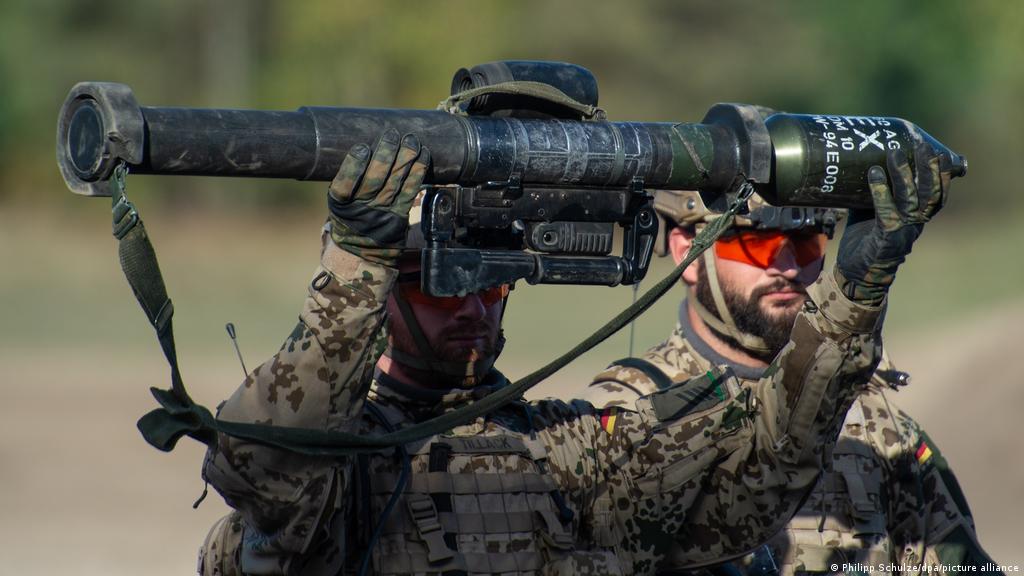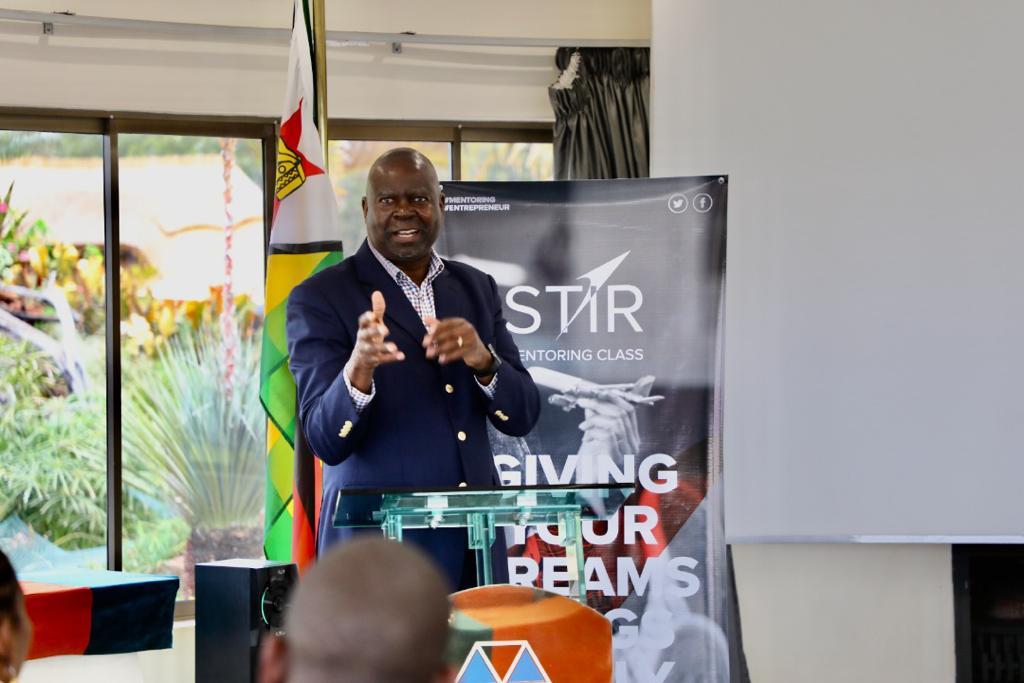
ZIMBABWE has become one of the major routes in Sadc for human trafficking, with most victims passing through the country on their way to South Africa. It is a trade that is raking in an estimated US$1,6 billion annually in sub-Saharan Africa due to lack of laws that criminalise it.
The United Nations Protocol on Trafficking defines human trafficking as the recruitment, transportation, transfer, harbouring or receipt of persons by means of a threat or use of force or other forms of coercion, abduction, fraud, deception, abuse of power, a position of vulnerability or of the giving or receiving of payments or benefits to achieve the consent of a person having control over another person, for the purpose of exploitation.Trafficking of persons in the Sadc region is fuelled by the prevalent unemployed youthful population, great economic disparities, and porous borders, and the region’s diverse range of human trafficking activity from the global operations of transnational criminal organisations to small-scale local syndicates that recruit acquaintances, friends and family members. South Africa is commonly regarded as the main country of destination for trafficked persons in the region. In many cases, women and children are lured to South Africa with promises of jobs, education, or marriage only to be sold and sexually exploited in the country’s major urban centres, or in small towns and more rural environments. There is also some indication that men are being trafficked into that country for purposes of forced labour, particularly in the agricultural sector.However, human trafficking remains a largely clandestine activity perpetrated by criminal groups, and there are presently no laws in the region which focus specifically on the crime of trafficking. As a result, few reliable statistics on human trafficking in southern Africa are available. Yukiko Kumashiro, International Organisation for Migration (IOM) Zimbabwe programme support officer, said only a few cases have been handled at the Beitbridge border post due to legislative loopholes in the country’s statutes. “In terms of trafficking in person cases, there was only one case identified among the Beitbridge returnees in 2008. From the IOM assessment conducted in 2009-2010 in Musina/Beitbridge, it seems that migrants are more subject to smuggling of persons in that area, as well as other kinds of exploitation like sexual and gender-based violence and crimes,” said Kumashiro. “It is however noted that the identified trafficking cases by IOM are only a drop in the ocean, particularly in light of lack of concrete legal framework on trafficking and case reporting mechanisms.” She added that under their regional counter-trafficking programme they have assisted about 30 Zimbabweans who were victims of trafficking.“Under IOM’s Regional Counter-trafficking programme, we have thus far assisted 307 victims of trafficking between January 2004 and April 2010, including 60 minors. Zimbabweans comprised some 10% of the total beneficiaries,” she added.IOM said South Africa is the main destination of trafficked victims in Southern Africa. It also found trafficking in women and children for sexual exploitation to be a significant problem in Southern Africa. IOM focused in part, on child trafficking from Lesotho to the Eastern Free State. Victims were both male and female, with half the children abducted and half deceived. Physical and or sexual abuse at home as well as death of a parent(s) from Aids-related diseases was major sources of vulnerability. Police spokesperson, Senior Assistant Commissioner Wayne Bvudzijena, concurred with IOM’s observation that tracking trafficking cases was hampered by lack of laws specifically dealing with the crime.“We have a legislative loophole. Our laws only speak of kidnapping or abduction and are silent on trafficking in persons which is a sophisticated crime more often than not involving highly organised crime syndicates,” Bvudzijena said. “Officially we have only handled one case of a Zimbabwean who was taken to Kenya under false pretences.”He added that they suspected some trafficking victims passed through the country under the guise of asylum seekers and therefore Zimbabwe had an obligation to assist them with safe passage.“We do not have statistics of trafficked persons. We suspect other nationals may be passing through disguised as asylum seekers and under international convention on refugees, Zimbabwe cannot do anything but assist the persons,” Bvudzijena added.Zimbabweans’ vulnerability has been further exacerbated by the country’s decade long economic meltdown due to political impasse among the main political rivals, Zanu PF and the MDC formations, lack of foreign direct investment and the general world economic recession in the last two years. According to a 2009 UN’s Global Initiative to Fight Human Trafficking report there are 130 000 trafficking victims in sub-Saharan Africa and most of them are between the ages 18 and 24. Of these, 95% experience physical or sexual violence. The report further states that 43% of the victims are used for commercial sexual exploitation and 98% of them are women and girls, while 32% are used for forced economic exploitation and woman and girls make up 56% of these. Ironically, many of the trafficked victims have at least middle level education according to the UN.
Paidamoyo Muzulu











